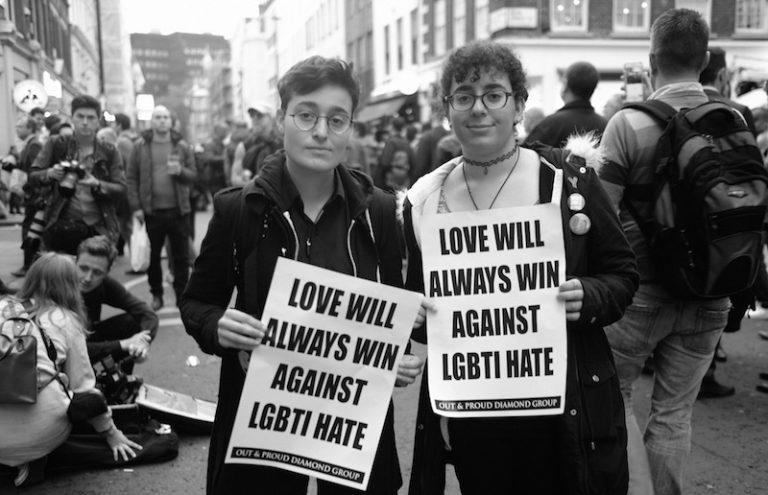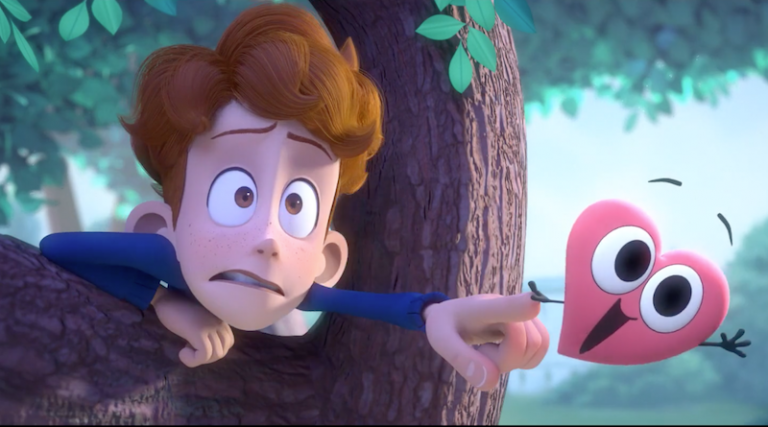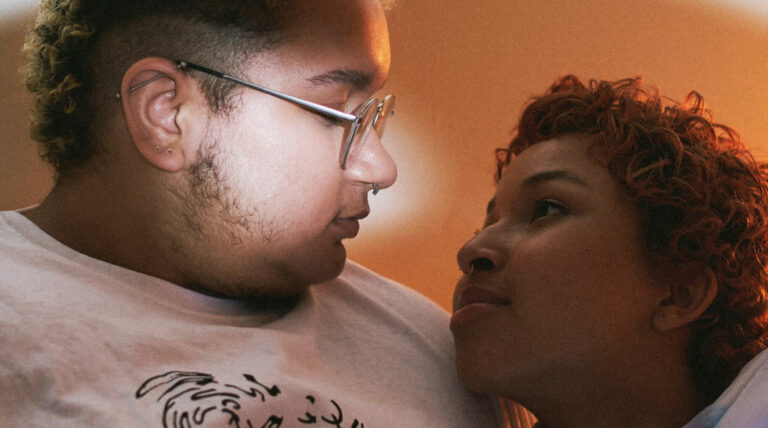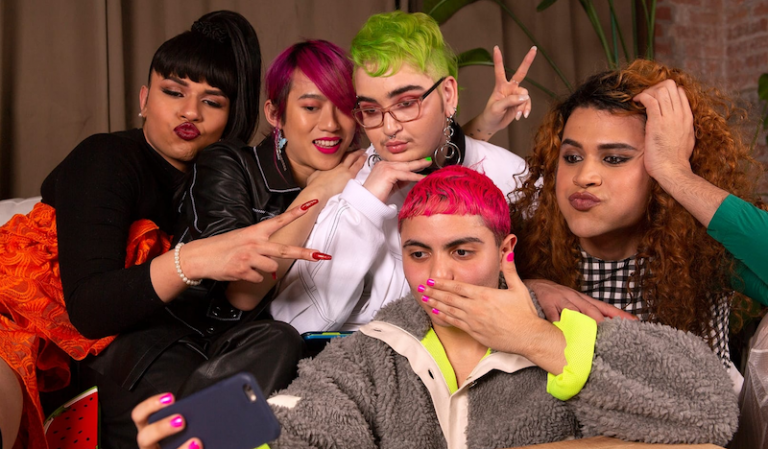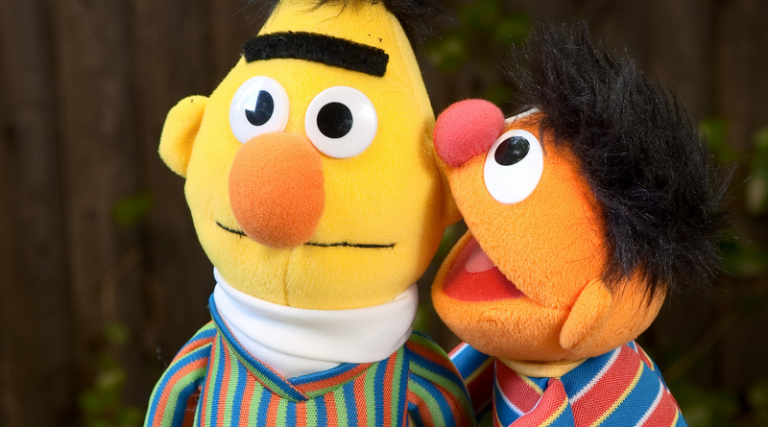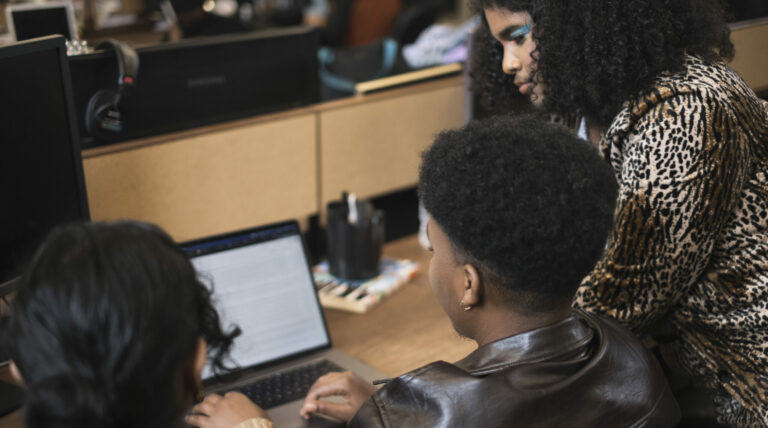What does it mean to be non-binary?
There are many more gender identities than female and male, so what does it mean if someone’s non-binary?
Being non-binary (some people use the word ‘enby’) is saying that your gender identity doesn’t fit into two neat boxes of being either a man or a woman. It’s rejecting the idea that your gender identity is determined by your genitals, and the gender we’re all assigned at birth. Our biological sex (genitals, hormones, chromosomes, etc.) is separate to our gender identity. Non-binary can be used as an identity in itself, but it can also be used as an umbrella term for a whole heap of gender identities that don’t fit into the gender binary (woman/man).
What pronouns should I use?
Ask the person! Being non-binary doesn’t determine someone’s pronouns. Some non-binary people use they/them pronouns, but not all. Some people (of any gender!) use a mix of pronouns, for example she/they, or they/he. You can’t tell someone’s pronouns by looking at them or by their gender identity, so the best thing to do is respectfully ask.
What does being non-binary look like?
Non-binary people don’t ‘look’ like anything in particular. There isn’t a specific non-binary look! Sometimes there can be an expectation that non-binary people are ‘in between’ male and female in appearance, or that they look androgynous (partly male, partly female), but non-binary people can have their hair, make-up, clothes, appearance anyway they like.
Ideas of what is ‘male’ and what is ‘female’ are really deeply embedded in our society, we’re surrounded by these gender stereotypes! So it can feel uncomfortable or hard to first step away from them. But moving our expectations and assumptions away from these stereotypes and gender norms is great for everyone, no matter what gender you are. For example, not assuming women or girls will wear dresses and skirts.
Even if we’re not non-binary, we should all have the space to think about what clothes we want to wear, how we want to present ourselves, and how we understand ourselves. Clothes, make up and being creative with our appearance is fun!
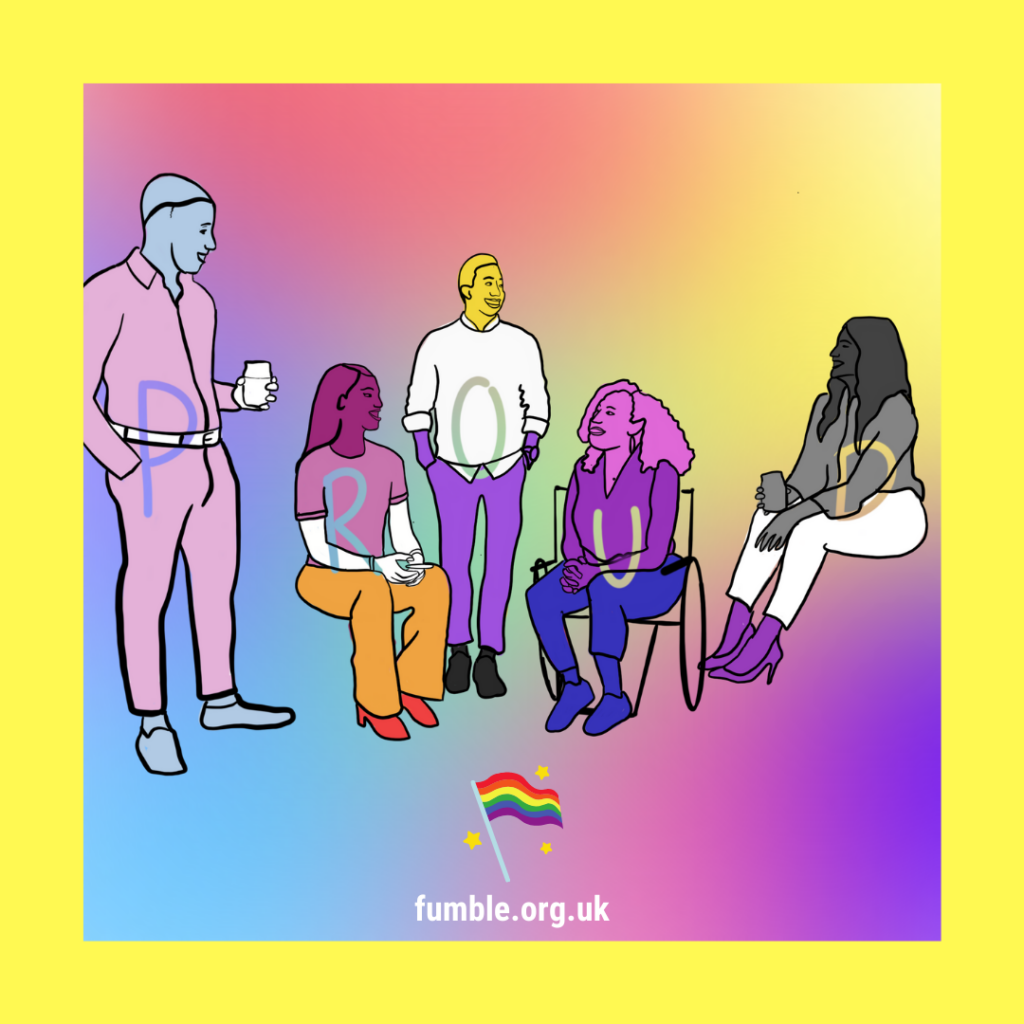
Are all non-binary people intersex?
Some people confuse this with being intersex. Non-binary is a gender identity, or an umbrella term for many gender identities, where as intersex is about a person’s biological characteristics (genitals, hormones, chromosomes, etc.).
Intersex is an umbrella term for people who are born with reproductive organs and/or genitals that don’t fit neatly into the boxes of ‘male’ or ‘female’. This covers a huge variety of situations, and can also include chromosomes (bundles of genes), hormones or gonads. For example, someone may have a larger clitoris or a vagina without the opening in the usual place. Or someone may have a womb while also having testicles inside their body. Some people prefer the term Differences in sex development (DSD) instead.
Some intersex people are non-binary, and some aren’t.
What about a non-binary person’s sexual orientation?
Being non-binary is about someone’s gender identity, and this is completely separate to someone’s sexuality and sexual orientation. Our sexual orientation is about who we’re attracted to. Non-binary people may be attracted to men, women, other non-binary people, queer people, etc. etc. The possibilities are endless!
Discrimination
Content warning: the following section includes discussion of transphobia. It may be distressing and potentially triggering to read, especially for trans and non-binary people. If you are feeling vulnerable, now might not be the time to read this section. Here’s a list of the available LGBTQ+ support, both nationally and locally, if you need it.
Sadly, there is a lot of non-binary discrimination and transphobia out there. Like we said, gender norms and stereotypes run deep, to the extent that they can feel ‘natural’. Some people struggle to think about gender beyond being a man or woman, and instead of giving themselves the time to learn more and be curious, some of those people lash out and refuse to acknowledge people’s gender identity.
That can be really hard and painful for non-binary people to experience. No-one should have to feel that their identity is being rejected. A lot of people still hide their identity at school or in their workplace, for fear of discrimination. People who present as obviously gender non-conforming and non-binary, through their clothes, make-up, hair, etc., are often harassed in public. This can lead to violence too.
The good news is that more and more people are slowly but surely starting to learn about how diverse gender identities really are. Having to box ourselves in to two gender categories doesn’t do justice to our beautiful, creative and highly complicated selves.
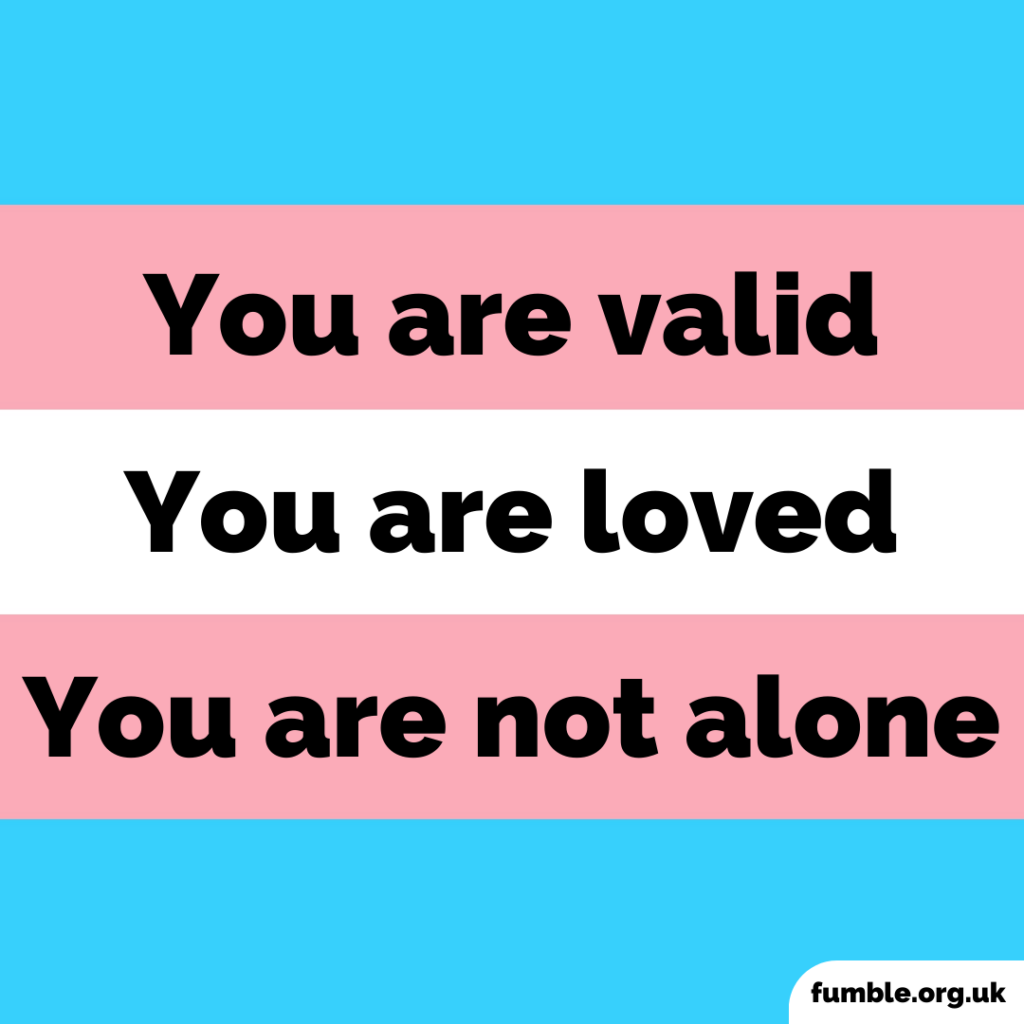
Other support
- Do I have to come out?
- 6 ways to support someone who’s transitioning
- How to be a good ally to your LGBTQ+ friends
- Brook – Find LGBTQ+ support near you
- Brook – Gender: A few definitions
Read more
Last Reviewed 19 April 2023
Image Credit: Alexander Grey via Unsplash


